Breast
3: Oncologic Outcomes with De-Escalation of Axillary Surgery after Neoadjuvant Chemotherapy for Breast Cancer: Results from >1,500 patients on the I-SPY2 Clinical Trial
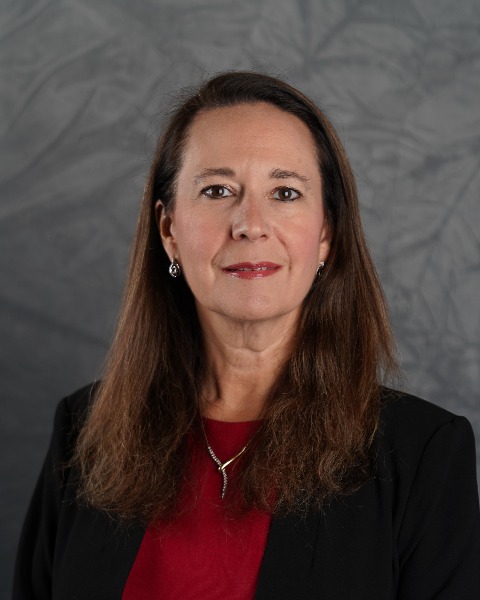
Judy C. Boughey, MD (she/her/hers)
Chair, Division of Breast and Melanoma Surgical Oncology
Mayo Clinic
Rochester, Minnesota, United States
Judy C. Boughey, MD (she/her/hers)
Chair, Division of Breast and Melanoma Surgical Oncology
Mayo Clinic
Rochester, Minnesota, United States
Judy C. Boughey, MD (she/her/hers)
Chair, Division of Breast and Melanoma Surgical Oncology
Mayo Clinic
Rochester, Minnesota, United States- HY
Hongmei Yu, Ph.D.
n/a
Quantum Leap Healthcare Collaborative
San Francisco, California, United States - KS
Kayla Switalla, B.S.
Clinical Fellow
University of California, San Francisco
San Francisco, California, United States - LV
Ladores Velle, B.S.
Research Assistant, Department of Surgery
University of California, San Francisco
San Francisco, California, United States - AW
Anne M. Wallace, M.D.
Professor of Surgery
UC San Diego Health
San Diego, California, United States - RL
Rachel B. Lancaster, M.D.
Associate Professor of Surgery
The University of Alabama at Birmingham Medical Center
Birmingham, Alabama, United States - CR
Chantal R. Reyna, M.D.
Associate Professor; Primary Department: Surgical Oncology
Loyola University Medical Center
Maywood, Illinois, United States 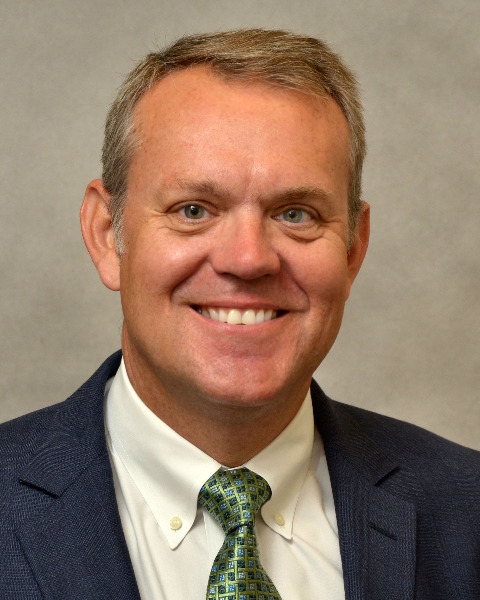
Todd M. Tuttle, MD MS
Professor
Division of Surgical Oncology, Department of Surgery, University of Minnesota
Minneapolis, Minnesota, United States- NJ
Nora Jaskowiak, M.D.
Professor of Surgery
The University of Chicago Medicine
Chicago, Illinois, United States 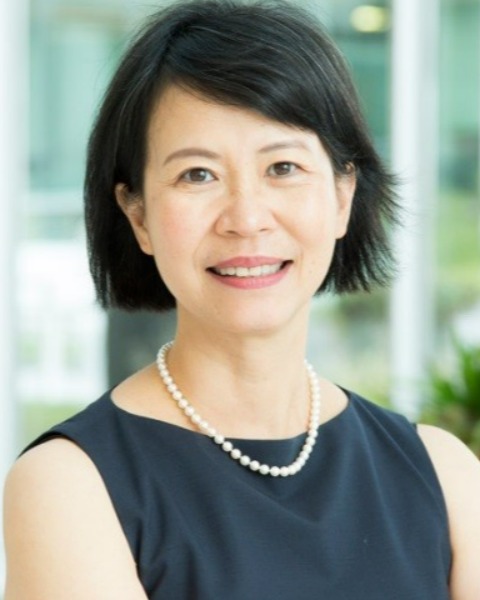
Julia Tchou, MD PhD
Professor of Clinical Surgery
University of Pennsylvania
Wayne, Pennsylvania, United States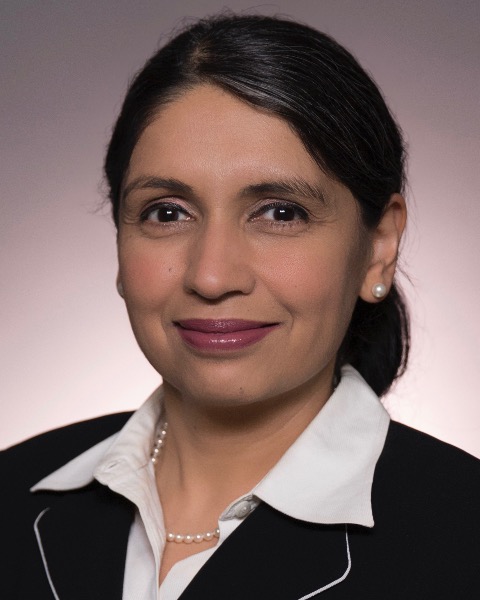
Roshni Rao, MD
Associate Professor of Surgery
Columbia University Medical Center
New York, NY, United States
Marie Catherine Lee, MD, FACS
Senior Member Breast Surgical Oncology
Moffitt Cancer Center
Tampa, Florida, United States- AN
Arpana M. Naik, M.D.
Associate Professor of Surgery, Division of Surgical Oncology, School of Medicine
Oregon Health & Science University
Portland, Oregon, United States 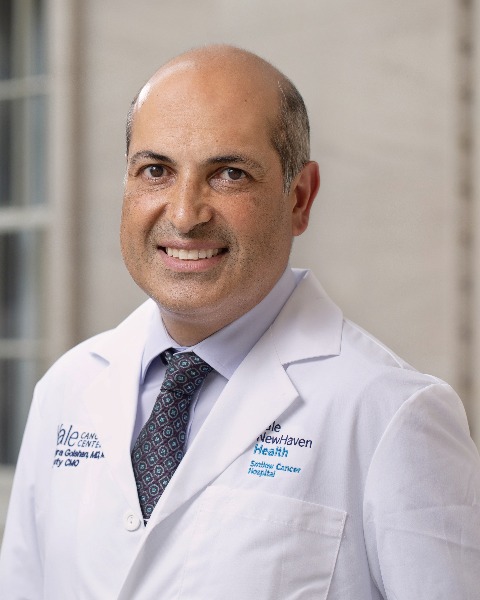
Mehra Golshan, MD, MBA, FACS
Professor of Surgery (Oncology, Breast); Executive Vice Chair, Surgery; Deputy Chief Medical Officer
Yale School of Medicine Department of Surgery
New Haven, Connecticut, United States- CA
Cletus A. Arciero, M.D.
Professor, Division of Surgical Oncology, Department of Surgery
Emory University School of Medicine
Atlanta, Georgia, United States 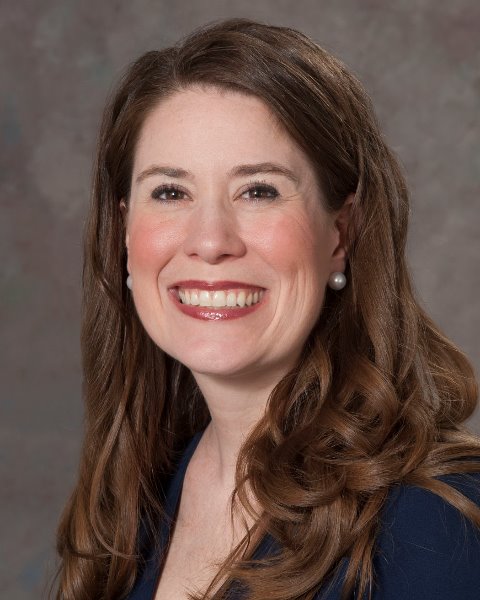
Candice A. Sauder, M.D.
Assistant Professor, Department of Surgery
UC Davis Comprehensive Cancer Center
Sacramento, California, United States- CM
Cindy B. Matsen, M.D.
Associate Professor of Surgery
University of Utah Health
Salt Lake City, Utah, United States - LE
Laura Essermann, M.D., M.B.A
Professor of Surgery
University of California, San Francisco
San Francisco, California, United States 
Rita A. Mukhtar, MD
Associate Professor
University of California, San Francisco
San Francisco, California, United States- IW
ISPY2 Locoregional Working Group, .
Working Group
UCSF, United States
Abstract Presenter(s)
Submitter(s)
Author(s)
De-escalation of axillary surgery after neoadjuvant chemotherapy (NAC) for breast cancer has unknown oncologic outcomes. We sought to evaluate impact of axillary surgery on outcomes in patients with nodal response and with residual nodal disease.
Methods:
We retrospectively evaluated axillary surgery and outcomes for patients in the ISPY-2 trial from 2011-2022 who completed surgery after NAC. Axillary surgery was classified as sentinel lymph node (SLN) surgery only, or axillary dissection (ALND +/- SLN surgery). Rates of axillary recurrence (AxR), locoregional recurrence (LRR), distant recurrence (DR) and event free survival (EFS) were compared by axillary surgery type in univariate and multivariate analyses.
Results:
Of 1,515 patients, 714 (47.1%) were cN0 at diagnosis, of whom 104 (14.6%) were pN+, and 801 (52.9%) were cN+, of whom 396 (49.4%) were pN+. SLN surgery only was performed in 805 (79.3%) of 1,015 pN0 patients and 126 (25.2%) of 500 pN+ patients. Median follow up time was 3.5 years. Most patients received adjuvant radiation (74.6% of pN0 and 93.6% of pN+). Radiation use was lower in pN0 patients with SLN vs ALND (71.9% vs 85.3%, p< 0.001) and did not differ in pN+ patients (94.4% vs 93.4%).
In pN0 disease, SLN was more frequent in white patients, lower cT category, cN0 cases and lower pT category (ypT0-2). In pN+ disease, SLN was more common with cN0 disease and lower pT category (ypT0-2). (each p< 0.05)
Among pN0 cases, there were no significant differences between SLN and ALND in 5-year estimated rate of AxR (2.0% vs 0.78%, p=0.26), LRR (4.6% vs 4.4%, p=0.86), DR (7.8% vs 10%, p=0.15) and EFS (12.0% vs 14.0%, p=0.19). These findings were consistent on multivariate analysis adjusting for tumor receptor subtype, age, cN status, and pT category.
Among pN+ cases, there was no difference between SLN and ALND in 5-year estimated AxR (5.2% vs 3.6%, p=0.80) or LRR (7.7% vs 14%, p=0.11). DR was significantly lower in SLN than ALND (20% vs 29%, p=0.01) and EFS was better in SLN than ALND (30% vs 37%, p=0.03). On multivariable analysis SLN only was associated with better distant disease-free survival (hazard ratio 0.52, 95% CI 0.30-0.92, p=0.02).
Conclusions:
With short-term follow up in this cohort with selective use of SLN surgery alone after NAC, ALND did not improve AxR, LR, DR or EFS, even in patients with pN+. While data from prospective trials are pending, in appropriately selected patients SLN surgery with adjuvant radiation may provide appropriate oncologic control without routine use of ALND.
Learning Objectives:
- Upon completion, participant will be able to define which patients are being selected for SLN surgery only without completion axillary dissection after neoadjuvant chemotherapy.
- Upon completion, participant will be able to define risk of axillary recurrence with SLN surgery only in patients with clinically node negative breast cancer treated with neoadjuvant chemotherapy.
- Upon completion, participant will be able to define risk of axillary recurrence with SLN surgery only in patients with clinically node positive breast cancer treated with neoadjuvant chemotherapy.
